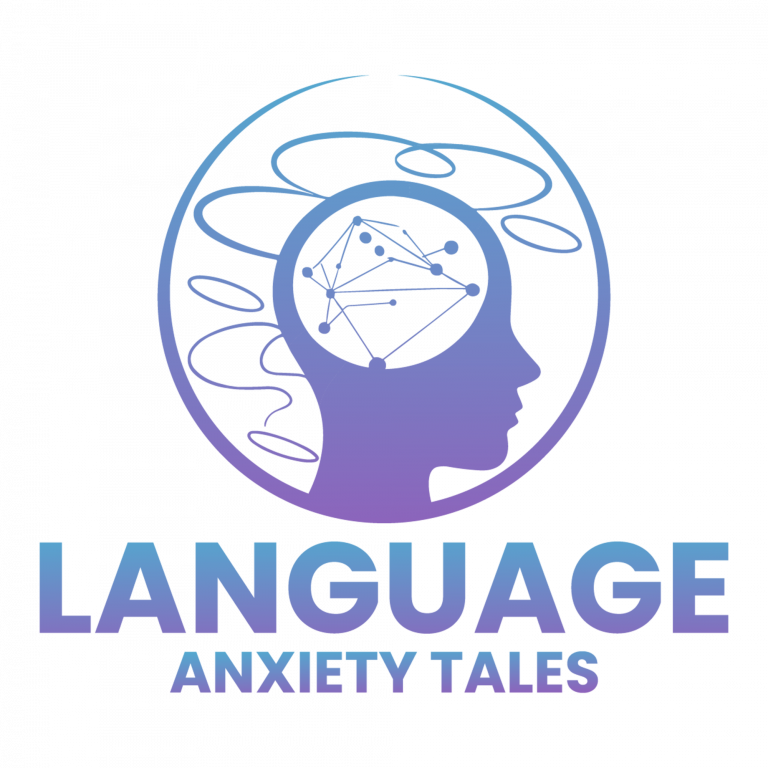How Does Language Shape Our Character and Identity?

Photo by engin akyurt on Unsplash
Language is more than a tool for communication—it’s the heartbeat of our identity. The words we use, the phrases we grow up hearing, and the stories we tell shape how we see ourselves and how others perceive us. It’s a profound and often underappreciated aspect of human experience, influencing everything from our thought processes to our social interactions.
Think about how you express emotions. Do you have phrases in your language that capture feelings in ways other languages can’t? Or have you ever felt like part of your personality shifts when speaking in a different tongue? That’s because language is deeply tied to culture, history, and individual experience. For instance, some languages have words that encapsulate complex emotions or cultural nuances that don’t translate easily into other tongues. These unique expressions shape how we experience and interpret the world around us.

For many, speaking a native language feels like home—a connection to family, traditions, and heritage. It’s the language of bedtime stories, holiday celebrations, and shared memories. For others, adopting a second language offers a chance to reinvent themselves, blending their identity with a new cultural lens. But what happens when anxiety around language use creates a rift between these parts of ourselves?

Photo by Priscilla Du Preez 🇨🇦 on Unsplash
This intersection of language and identity can be particularly poignant for those living in multicultural or multilingual environments. Balancing the expectations of different linguistic communities can feel like walking a tightrope, as individuals strive to honor their heritage while adapting to new cultural norms. The pressure to conform can lead to feelings of inadequacy or a loss of authenticity.

Photo by Hermann Wittekopf on Unsplash
At Language Anxiety Tales, we’re committed to exploring these intersections of language and identity. By sharing stories of resilience and self-discovery, we hope to inspire readers to embrace the richness of their linguistic journeys and celebrate the diversity that language brings to our lives. Language shapes us, but we also shape language. Together, we can honor the power of words to define who we are.
Disclaimer
The content published on Language Anxiety Tales is created with the aim of raising awareness about Native Language Anxiety and related topics, a field with limited existing research. Due to this lack of established studies, many of the articles draw upon personal experiences and insights, as well as contributions from ChatGPT, an AI language model.
Articles may be fully or partially written by AI and are carefully reviewed, refined, and proofread by Mirko Fabian to ensure accuracy, relevance, and alignment with the initiative’s mission. While every effort is made to provide thoughtful and valuable content, readers are encouraged to approach the material as a starting point for discussion rather than definitive academic research.
